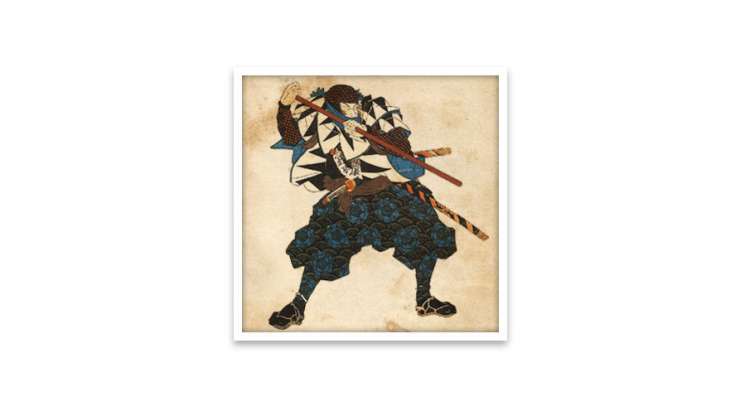I want to say a few words about the nature of karate training for the dedicated student. If you’ve taken my classes, you know how unlikely it is that I will say “a few words” about anything karate-related… And yet, here we are :-] . I’ll use a list format to keep it brief. Note that what I say here…











